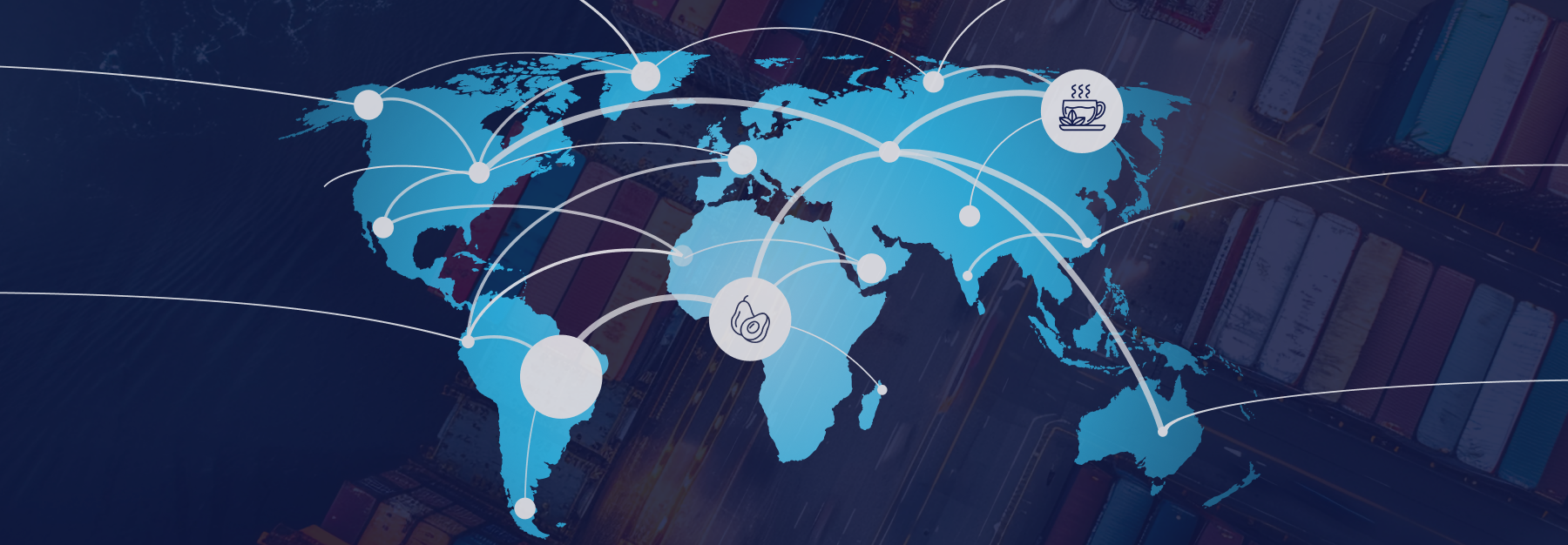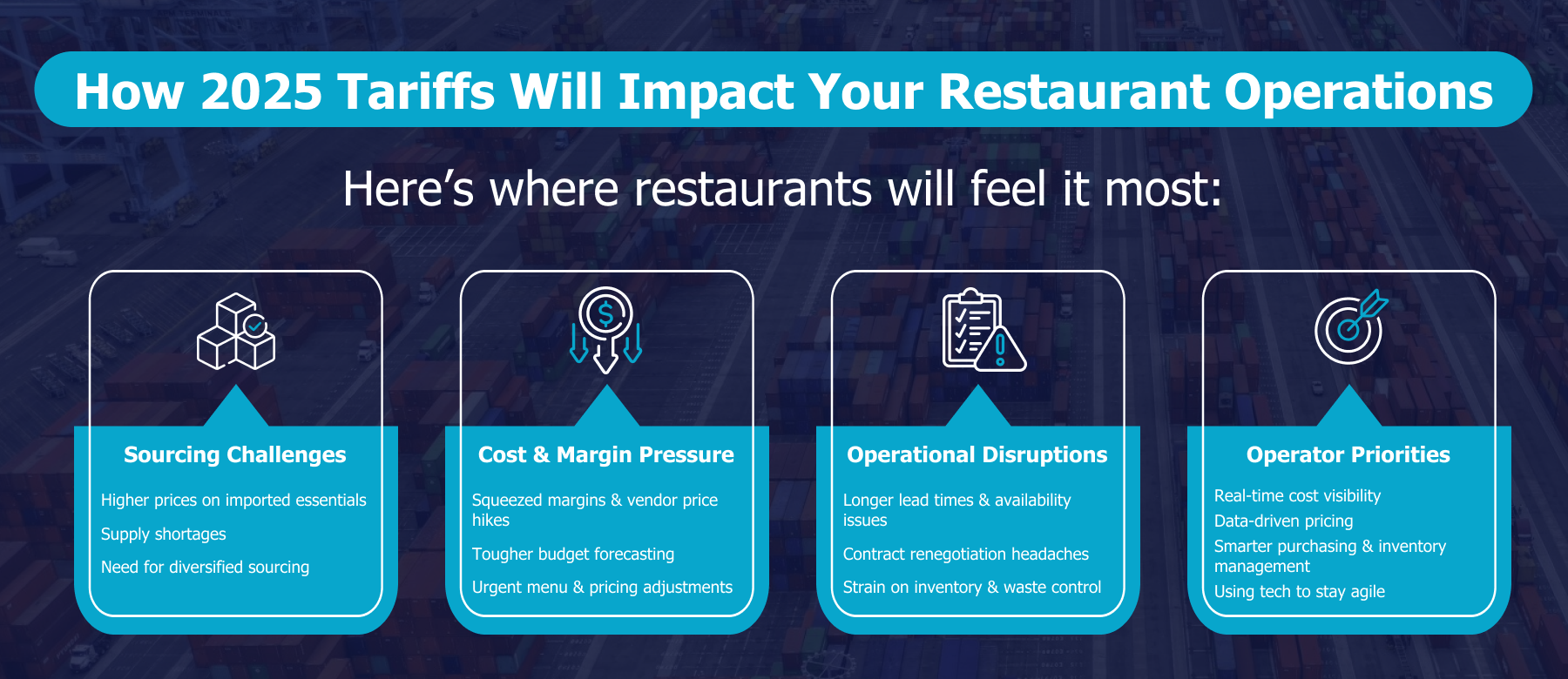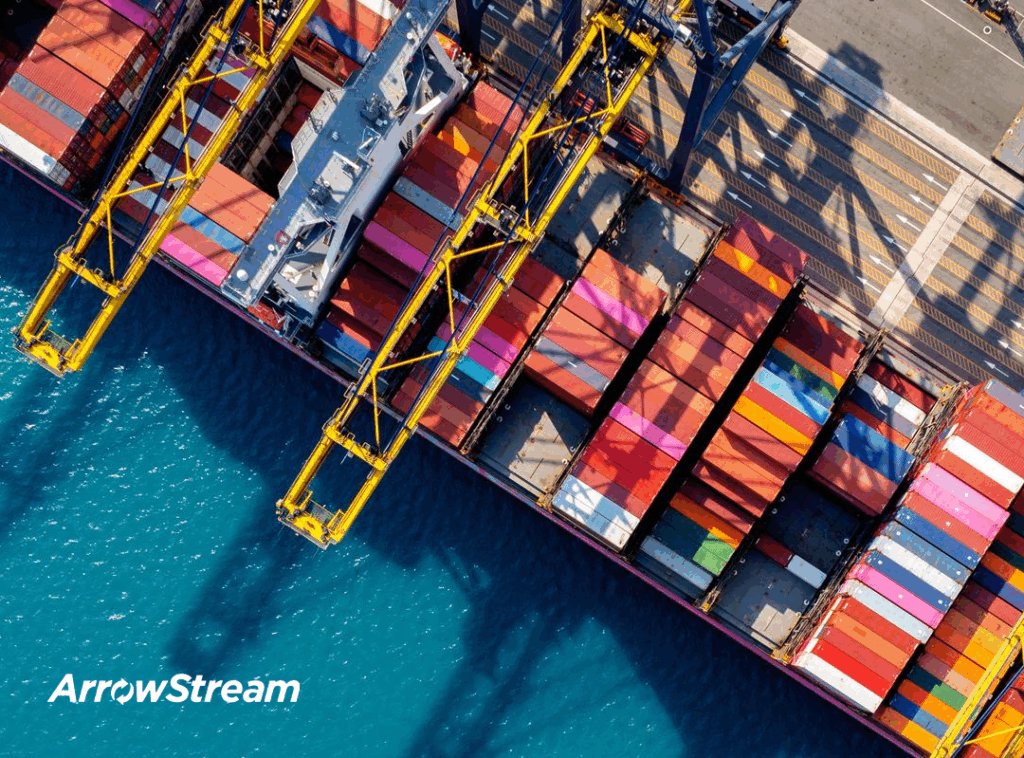The shifting news on tariffs has many business owners on a roller coaster ride. One week, a new tariff is announced. The next, it’s delayed, or suddenly reinstated. With so many moving parts, it can be hard to tell what’s real and what’s just political posturing.
One thing is clear, though: the volatility isn’t going away anytime soon. Whether the impact comes next week or next quarter, restaurant operators need to be ready for tariff impacts. From ingredients and packaging to equipment and contracts, supply chains are likely to feel pressure—and for those caught off guard, the cost could be steep.
What Tariffs Mean for Restaurant Supply Chains
Administrations may introduce tariffs, or government-imposed duties on imported goods, to protect domestic industries or steer global trade behavior. These duties, usually applied at the point of entry and tacked on to the wholesale cost, ultimately trickle down to operators. In foodservice, where global sourcing is the norm, this creates significant challenges.
Many everyday ingredients used in restaurants—think avocados, tomatoes, limes, and spices—come from Latin America. Coffee, chocolate, and teas are heavily sourced from Africa and South America. Packaging materials, such as plastics and aluminum-based products, often originate in Asian countries, now subject to steep tariff hikes. As a result, even small changes in policy can lead to sharp increases in costs, availability challenges, or quality concerns.
Restaurants haven’t fully felt the impacts of the tariffs announced in April 2025 quite yet, as most are still working through inventory purchased prior to the policy shift. But the ripple effects will be swift from new purchase orders—especially for brands with short replenishment cycles (e.g., coffee shops or fast casuals). That’s why operators need to take action now, before margins get squeezed and supply becomes unpredictable.

What We’ve Learned from Past Tariff Disruptions
This isn’t the industry’s first run-in with tariff trouble. During the U.S,–China trade war in 2018 and 2019, duties on imported pork and seafood drove up prices on items like shrimp and tilapia, hitting sushi- and seafood-forward menus especially hard. Some restaurants pivoted to domestic suppliers, others made substitutions, and many had to renegotiate contracts on the fly or temporarily cut menu items altogether.
Another example came with the 2020 shift from the North American Free Trade Agreement (NAFTA) to the United States-Mexico-Canada Agreement (USMCA), when produce tariffs created whiplash in pricing and availability—particularly on tomatoes, peppers, and leafy greens. Seasonal planning became more difficult to forecast, and as a result, pressure to diversify suppliers increased.
In both cases, the lesson was clear: operators who built in flexibility fared better. Those with access to real-time data and agile contracts were better equipped to navigate uncertainty. Others scrambled to play catch-up—and paid for it.
How Today’s Tariffs Will Impact Restaurant Operations
The newest set of tariffs already has certain categories flashing red, with ingredients like avocados, coffee, specialty produce, and salad greens likely to be among the hardest hit. For concepts that rely heavily on these products—such as Mexican restaurants, salad chains, and coffee shops—the effects could be especially painful. Operators may have to weigh cost increases against portion sizes, recipe changes, or even temporary menu edits.
Currently, U.S. tariff rates vary widely by country. Effective April 5, 2025, a flat 10 percent tariff was applied to all imports. Additional “reciprocal” tariffs, ranging from 11 to 50 percent, were scheduled to take effect on April 9, but have been delayed for 90 days for most countries, except China. For products coming from China, tariffs can range from 10 percent to 145 percent, depending on the category.
These differences influence supplier decision-making, vendor recommendations, and what ends up on your invoice. But it’s not just ingredients. Packaging materials and small equipment, which are often imported from China, are also subject to new duties, meaning potential cost spikes on everything from takeout containers to induction cooktops.
Fast casual, coffee, and treat concepts are especially vulnerable. These segments rely heavily on specialty imports, like avocados from Mexico, coffee beans from Colombia and Ethiopia, spices from India and Southeast Asia, and tropical fruit used in beverage and dessert menus. Imported cheeses, olive oil, and items like saffron or quinoa could also be affected. As tariffs shift, so does the cost of maintaining flavor consistency and menu integrity. Operators may need to update their budgeting models, adjust procurement timelines, and take a more precise approach to sourcing and replenishing these categories.
Obviously, forecasting is more difficult in this environment. Menu pricing may no longer align with real costs. Overstocking can lead to spoilage, while underordering increases the risk of outages. Longer lead times and contract renegotiations could become the new normal, particularly for independent operators or franchisees without centralized sourcing support.

The Real Cost of Uncertainty for Supply Chain Leaders
Beyond ingredient costs, tariffs create broader operational challenges. For example, they inject unpredictability into budgeting. A 10 percent spike on a single high-volume SKU can wipe out a month’s margin forecast. When that pattern repeats across dozens (or hundreds) of items, the impact becomes much harder to absorb.
Limited visibility is another issue. Many procurement teams rely on spreadsheets, static vendor agreements, or outdated forecasting models that can’t keep pace with global trade shifts. Without access to dynamic pricing data, operators risk costly missteps—such as overpaying for a category that’s trending down in price, or underestimating an upcoming price hike tied to a tariff reinstatement.
Even contract terms can become a liability: supplier agreements rarely include escape clauses tied to tariff changes. That leaves some restaurants locked into unfavorable pricing just as the market turns volatile. When it’s time to renegotiate, operators without supporting data or benchmarks may have less leverage.
How ArrowStream Helps Operators Stay Ahead of Tariff Trouble
In a landscape this fluid, in which information is power and timing is everything, tools like ArrowStream can quietly make a difference behind the scenes. A cloud-based platform, it gives operators access to historical and real-time pricing data across hundreds of commodities, showing foodservice companies how tariffs are affecting their current bottom line.
For instance, if a new import duty shifts the price of Colombian coffee beans, ArrowStream users can track the difference—and compare it to Brazilian or African beans. Its platform also surfaces unusual price activity, flags new sourcing opportunities, and highlights potential contract adjustments based on current market conditions.
Don’t Wait for the Pain to Hit
While the full effects of the 2025 tariffs are still unknown, the early warning signs of tumult are here. Supply chain leaders have a choice: react later, or prepare now.
Those who act early will be better positioned to maintain pricing integrity, avoid disruptions, and protect long-term profitability. In such an unpredictable global market, procurement agility isn’t a luxury. It’s simply good business.
The good news? Operators don’t have to navigate this unpredictable environment alone. With the right tools, it’s possible to get ahead of price hikes, safeguard margins, and negotiate from a position of strength. For those looking to stay one step ahead, platforms like ArrowStream give restaurant leaders the data and insights they need to make smarter decisions—tariffs or no tariffs.
